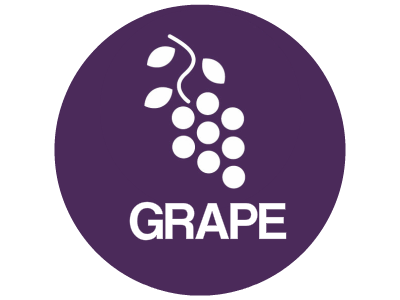Interviewing for a new job can be intimidating and stressful for a job seeker. However, having the role of the interviewer has its own sets of challenges.
When hiring a candidate for an open position, many thoughts come to mind. Will the candidate be the right fit? Will they work well with others? What will the dynamic be around the workplace with the new candidate in his/her new role?
There was a point at my previous employer when we were always hiring. The industry was booming, and we had more positions to fill than qualified candidates. I oftentimes found myself scheduling more interviews than meetings, but it was certainly a thought-provoking experience.
Every time I have ever interviewed someone, I have allowed the questions to evolve organically. However, the following question always seemed to arise: “Please describe for me your ideal work environment.”
Time after time again, candidate after candidate, the answer to this simple question seemed to come effortlessly:
“I want to work in an environment where everyone gets along. I want to work someplace where my managers foster learning, and where everyone works together as a team.”
I have heard many canned responses to interview questions before, and this, in essence, was a genuine response. It seemed like no matter how different every candidate was, they all had one thing in common—they wanted to work someplace where there would be a lot of team cohesion.
Team building cannot be an easy feat, especially in high-pressure situations. However, team cohesion is essential in order to build worker morale, no matter the work environment.
Below are a few ideas for building team cohesion. This is not intended to come across as a “Hold hands and Sing ‘Kumbuya,’” approach, but rather a practical approach that delves deeper into management theory.
Foster Brainstorming – the process where a team comes together to openly discuss ideas in order to address a problem or find a solution. When brainstorming sessions take place, everyone involved feels as if their ideas count, and they are in a position to make real impact. The key to brainstorming is to take all ideas into account- no matter how unconventional the idea may be.
Understanding different personality traits and learning styles can better help you work with co-workers. I recommend studying the DISC profile, a practical approach to personality types that is easy to apply to any setting. DISC outlines four personality types, and the quirks associated with each. When you train new recruits, the same training approach will not work for everybody — the DISC personality profile can help you identify different learning styles and work-place preferences.
I would also urge you to schedule employees together who do not have the same personality type. Too often do managers schedule employees together who have the same personality type – while this technique is intended to create cohesion, sometimes quite the contrary occurs. Assembling a team where there is variation in thought processes and work styles can result in dynamic work environment where everyone feels as if their assets are defined and they have different traits to contribute to the team as a whole.
Inspire workplace leadership: There are many theorems in regards to leadership. While some argue true leaders are born with an innate ability to lead, many argue leadership is less about nature, and more about nurture. Foster leadership by empowering team members to take on larger responsibilities in a group. When team members understand the responsibility that comes with leadership, they may become more understanding of the oftentimes strenuous and difficult role their supervisors are placed in. Sometimes an impediment to workplace cohesion is a weak relationship between the manager and team they lead.
Listen to the needs of others
When asked about their ideal work environment, what did the new recruits say?
They wanted to work some place where: (1) everyone gets along, (2) managers foster learning, (3) and where everyone works together as a team.
In essence, the best way to achieve cohesion in the workplace is to listen to the needs of those around you.
How can we foster an environment where everyone gets along? Companies oftentimes have company picnics, board retreats, and holiday parties in order to bring co-workers together in an informal, more social environment.
How can we foster learning? As referenced above, this is where it is important to empower your team. Have brainstorming sessions. Mix up your training styles. Allow opportunities for professional development and leadership building. Empower others to lead.
What are some tactics for team building? The value of team building exercises cannot be emphasized enough. Leadership training programs make participants engage in team building exercises for a very good reason- working together to accomplish a common goal can really bring people together.
And, finally: center everyone around a common cause.
Make the vision and mission of the organization clear, and set goals for team members. Cohesion oftentimes forms naturally when team members are centered around a common purpose. Sometimes we become so caught up in production, we forget the common purpose that brings us together in the first place.
